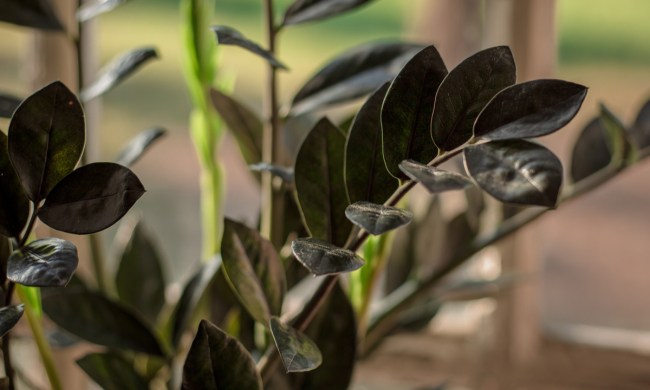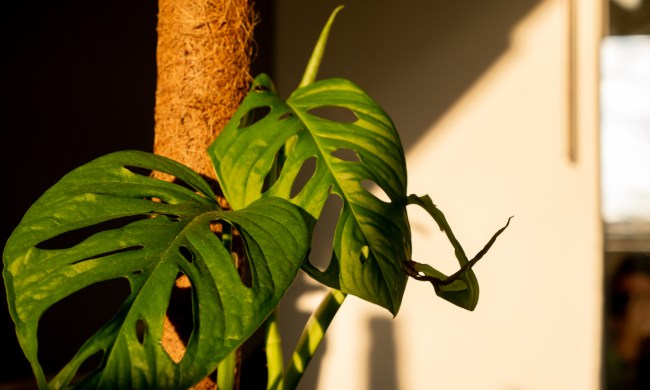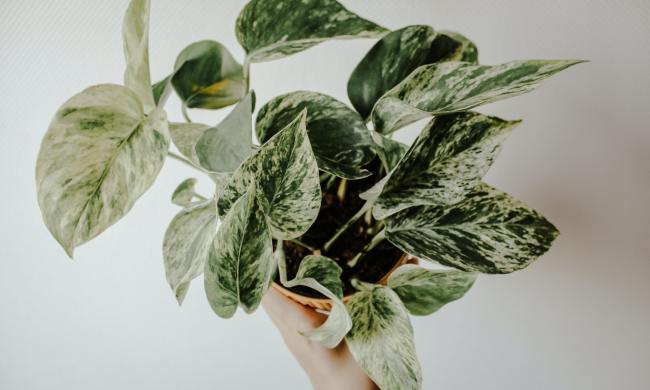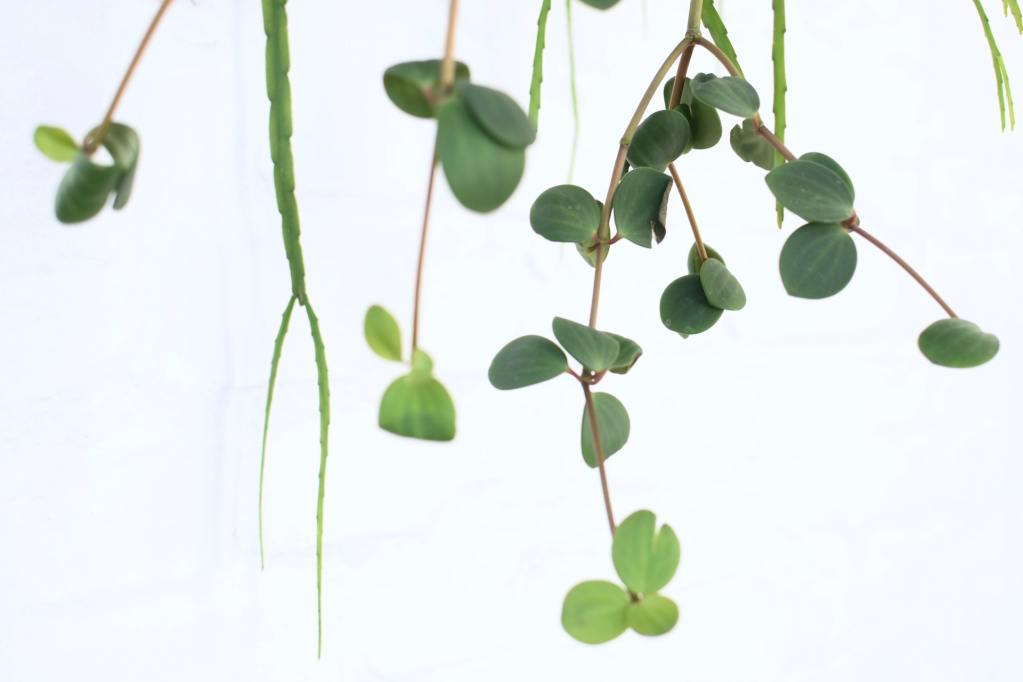
Peperomias, or radiator plants, are one of those houseplant varieties that seem hidden in plain sight — their trailing and upright varieties are practically at every nursery, but not many plant parents talk about them. Affordable, low-maintenance, and pet-safe choices, these lovely indoor plants technically belong to the pepper (Piperaceae) family. Featuring over 1,000 plant species, the Peperomia genus is certainly a mixed bag, including both tropical and subtropical plants. You have everything from the eye-catching watermelon peperomia to the adorable peperomia hope.
The plants in this genus that we often see as houseplants are succulent or semi-succulent in nature and come with mesmerizing colors and patterns. As such, they’re quite easy to care for and include a bevy of attractive options for houseplant novices. Plus, they’re ridiculously easy to propagate, as you can use both stem and leaf cuttings to make more of them. If you’re thinking about picking up a peperomia plant, consider the following varieties for your collection.
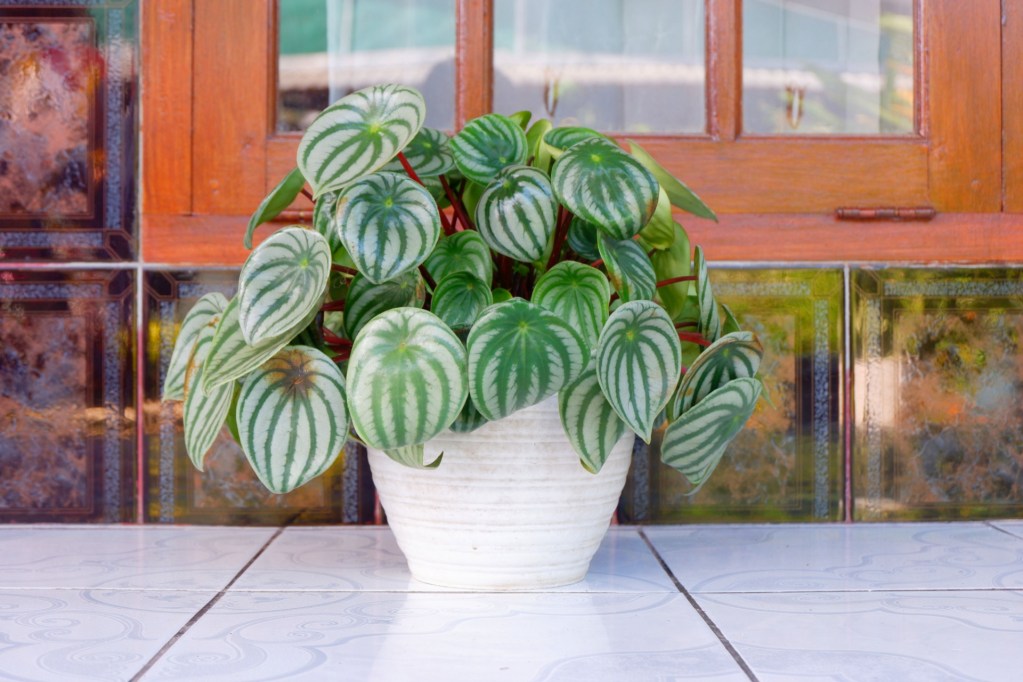
1. Peperomia argyreia, or watermelon peperomia
Native to Brazil, this charming peperomia species features exactly what its name indicates. Its large, circular leaves come with dark stripes against light green, making them look just like uncut watermelons on tall red stems. The watermelon peperomia does best in medium indirect light and appreciates extra humidity during warm summer days.
Because of this plant’s semi-succulent nature, you should avoid overwatering it. Keep an eye out for brown markings on the backs of the leaves, which may indicate that your conditions are too cold or drafty. You also want to be careful when transporting this plant, as its stems and leaves are sensitive to snapping.
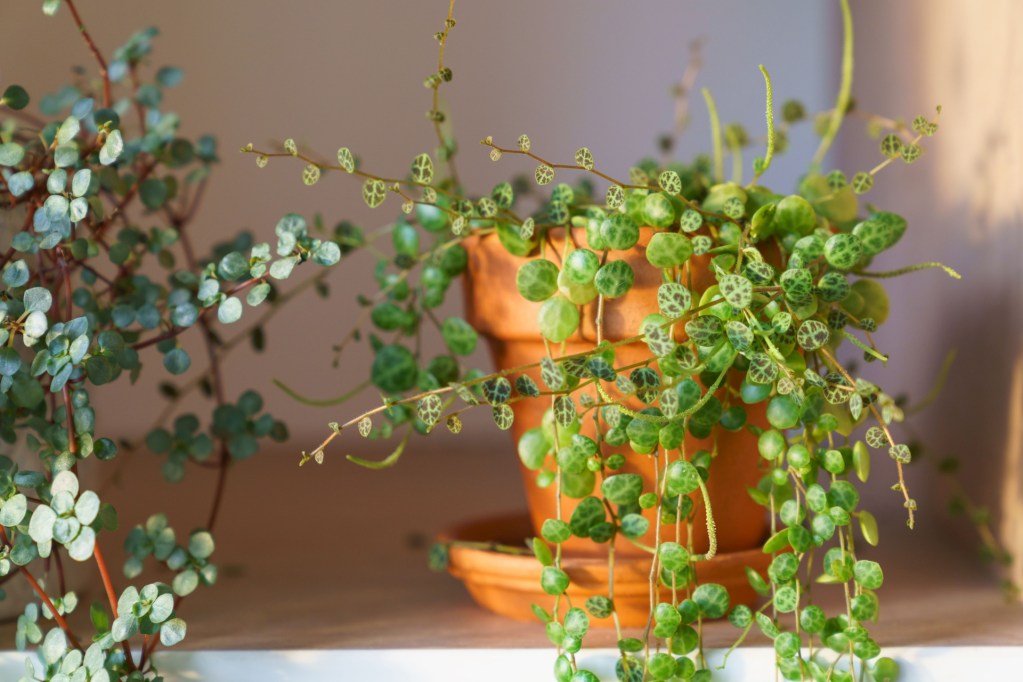
2. Peperomia prostrata, or string of turtles
Instead of being a true succulent trailing plant, the coveted string of turtles plant is actually a peperomia! Native to Brazilian rainforests, the chubby, trailing leaves feature dark green markings that make them look just like miniature turtles. The plant can actually do quite well inside the home as long as you give it bright, indirect light to maintain its variegation.
String of turtles also loves moist soil during the growing season and appreciates ample humidity. The catch is that you don’t want to wet the leaves, so bottom water and use a humidifier nearby instead of top watering and reaching for a mister.
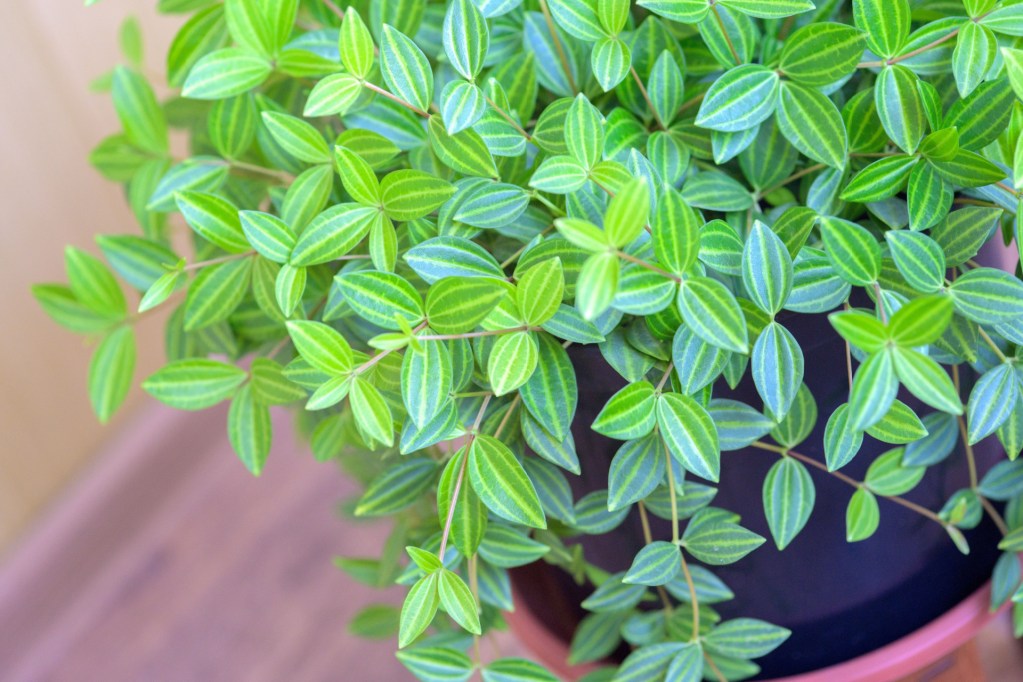
3. Peperomia angulata, or beetle peperomia
Hailing from South America, the beetle peperomia is a simple yet striking peperomia with its fleshy ovate leaves and light, striped veins. For full, lush growth, give your plant bright, indirect light. It’s not particularly picky about humidity, but you should be mindful about keeping it anywhere too cold or drafty — these conditions will cause its leaves to drop. This plant tends to stay compact, but you can always encourage growth by giving it weekly to monthly applications of a balanced houseplant fertilizer.
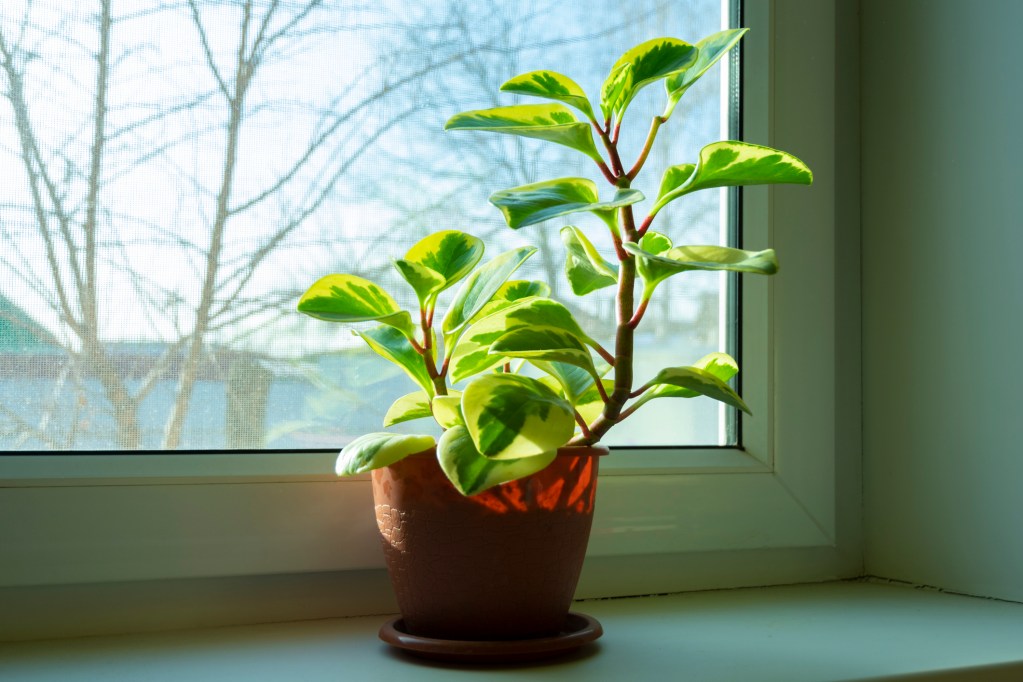
4. Peperomia obtusifolia, or baby rubber plant
Coming from Southern Florida and the Caribbean, Peperomia obtusifolia is one of those plants that just seems to be at every nursery. It’s an upright peperomia with glossy, curled oval leaves that can be all green in color or come with cream or yellow variegation. Although it has no relation to the typical rubber plant, or the Ficus elastica, it does somewhat resemble a more compact version of its namesake.
While it’s not a particularly thirsty plant, it does like humidity throughout the growing season. If you can, keep a humidifier handy or leave your plant on a pebble tray with water. Make sure not to overwater it — telltale signs of overwatering this plant include brown spots and limp leaves. Given its tendency to stretch out as it grows, you can prune it down for a bushier look.
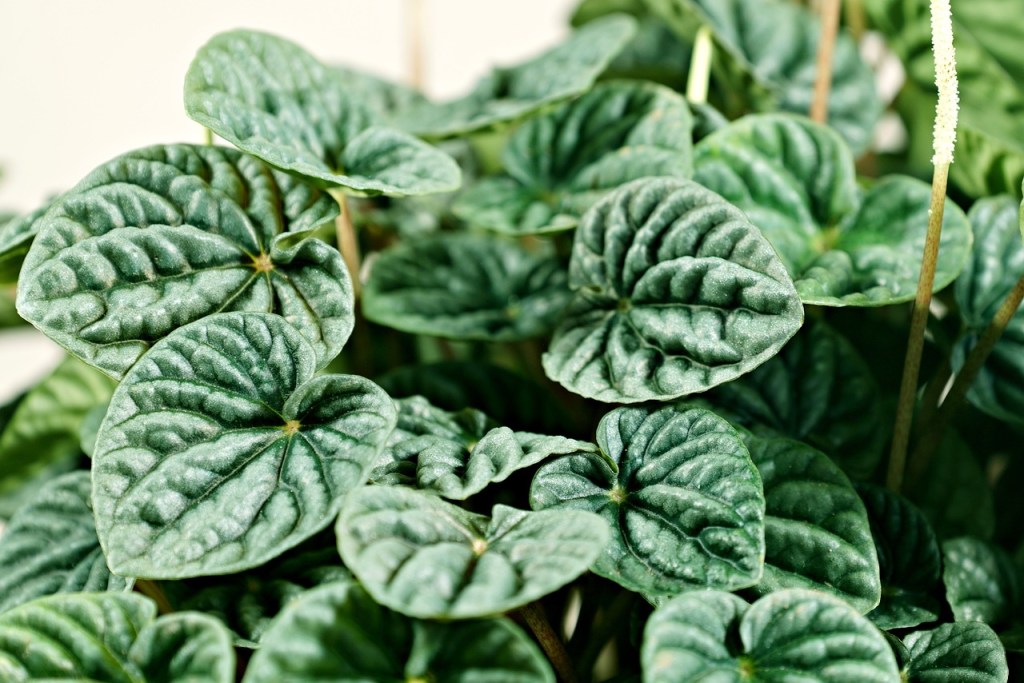
5. Peperomia caperata, or emerald ripple plant
The upright Peperomia caperata is one of the most ubiquitous peperomias, and it might even be what you’re thinking of when you think of peperomias! Another South American gem, this plant features wrinkly, dark green leaves that give it a scaly look — you’ll also often find it in bloom with lanky, tail-like flower spikes.
It appreciates medium to bright, indirect light, but avoid direct light, which can burn the leaves. Watering this plant can be something of a balancing act. You don’t want to underwater or overwater your Peperomia caperata, so let the top inch of soil dry out before you reach for your watering can again.
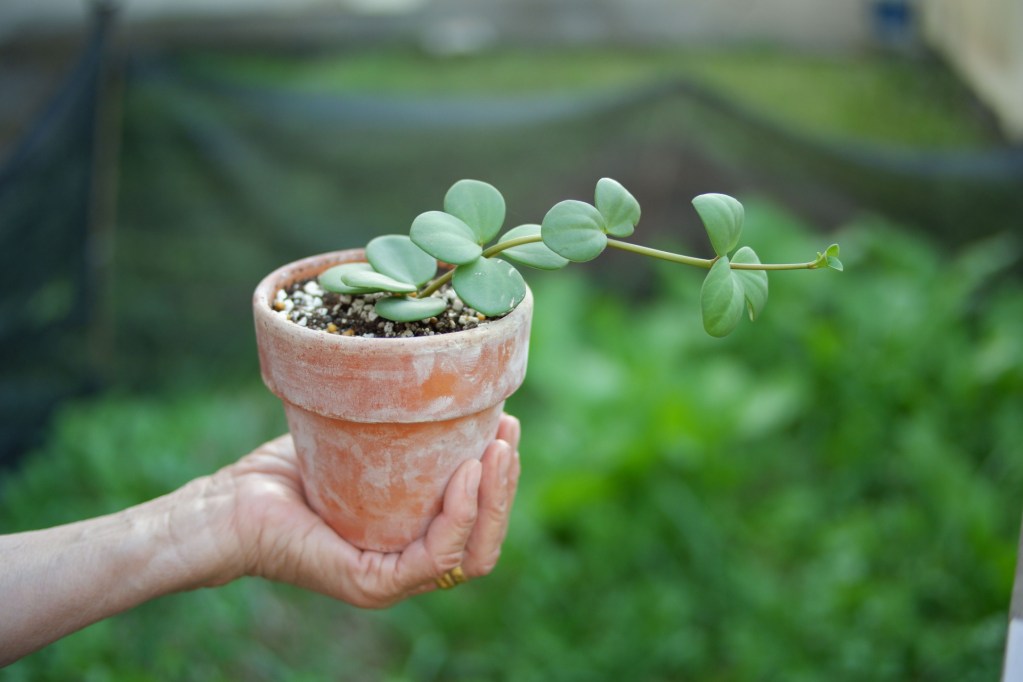
6. Peperomia hope
The adorable peperomia hope features small, circular leaves that trail. It’s very similar to the Peperomia rotundifolia, but it technically belongs to a separate cultivar. It comes from South and Central American tropical rainforests, where it tends to grow as an epiphyte, which means it attaches to trees instead of growing in soil. Perfect for small spaces, it’s easy to care for, but you want to avoid overwatering it, which can lead to root rot. To prevent legginess, leave your peperomia hope in an area where it receives plenty of bright, indirect light.
Now, it’s time to check out your local nursery selection to see what kind of peperomia plants are on hand. On the off chance that you can’t find any peperomias, you can always check online — these low-maintenance beauties are incredibly accessible to houseplant lovers. With an eye on lighting, watering, and humidity, you’ll be sure to enjoy all the gorgeous shapes and patterns that peperomias have to offer.

